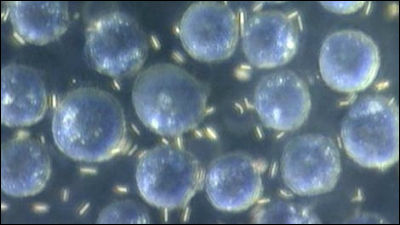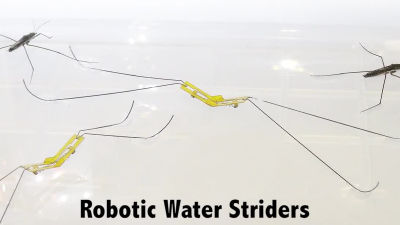A video is now available of a group of ultra-small robots the size of a grain of sand carrying objects larger than themselves like ants and jumping over high walls

A research team from
Magnetic swarm intelligence of mass-produced, programmable microrobot assemblies for versatile task execution: Device
https://www.cell.com/device/fulltext/S2666-9986(24)00583-0

Microrobot swarms mimic ant-like feats of strength | New Scientist
https://www.newscientist.com/article/2461218-swarms-of-tiny-robots-coordinate-to-achieve-ant-like-feats-of-strength/
'Swarm robotics,' in which multiple robots collectively perform specific tasks, has attracted attention as a promising methodology for working in special environments. By miniaturizing individual robots, they can be deployed in narrow spaces, and the weight of the robot itself is small, so less kinetic energy is required.
So a research team from Hanyang University developed a tiny robot the size of a grain of sand that can be controlled by a magnetic field. You can see how the robot performs various tasks in the video below.
Swarms of tiny robots coordinate to achieve ant-like feats of strength - YouTube
The robots, each measuring just 0.3mm x 0.3mm x 0.6mm, are about the size of a grain of sand and can work together to carry out a variety of tasks.

It solidifies and floats on the water like a raft.
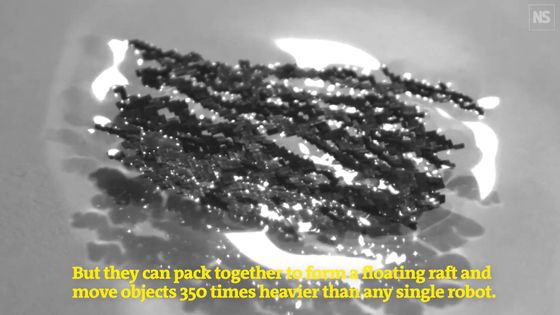
Carrying objects up to 350 times heavier than each individual robot

Rolling a sphere like a giant ball

Destroying a big wall
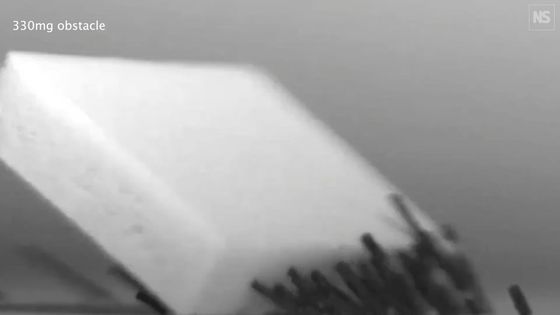
Jumping over obstacles five times higher than the individual robots


It moves like a single stick.

The robots can be 'programmed' to take on specific shapes by first exposing them to a strong magnetic field from a specific angle, and then controlled to move in different ways by external magnetic fields.

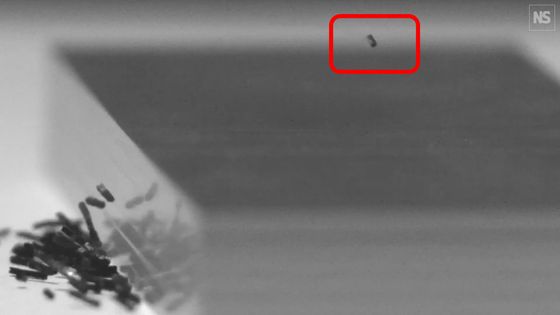
It is also possible to transport obstacles that clog tubes through which fluids flow, such as blood vessels, and it is anticipated that the technology will find application in medical applications.
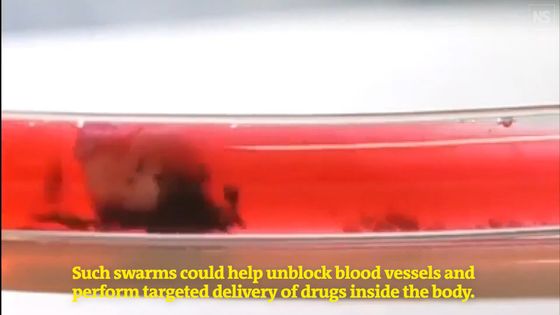
'The performance of multi-task tasks by swarms of microrobots shows great potential for various applications in robotics, expanding the technological platform for developing advanced swarm robotic systems,' the team wrote in their paper.
Related Posts:

